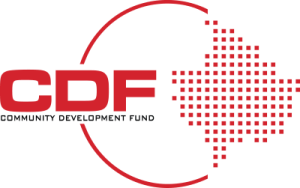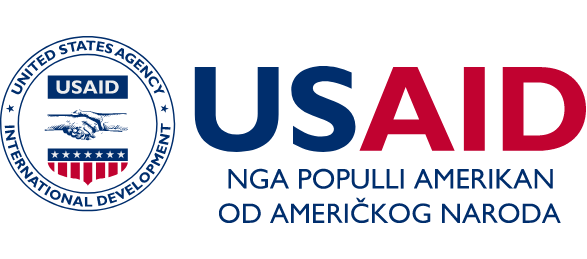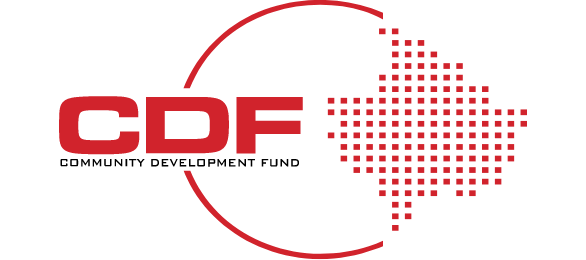For Micro, Small, and Medium Enterprises (MSMEs) in Kosovo, financial planning and budgeting are paramount for sustainable growth. Integral to this process is understanding and managing financial risks that can jeopardize the business. This comprehensive guide aims to help you identify, evaluate, and mitigate such risks within the realm of financial planning and budgeting.
The Importance of Financial Risk Assessment in Planning and Budgeting
- Resource Allocation: A thorough risk assessment can guide you in allocating resources more effectively, ensuring that you’re not putting all your eggs in one risky basket.
- Cash Flow Predictability: By identifying potential financial risks, you can make more accurate cash flow projections.
- Investment Decisions: Understanding financial risks can help you make informed choices about investments, whether it’s in equipment, hiring, or market expansion.
Types of Financial Risks
- Market Risk: Includes interest rate fluctuations and currency exchange rates, especially pertinent for Kosovo’s MSMEs operating internationally.
- Credit Risk: The risk that your debtors won’t fulfill their obligations, affecting your cash flow and thereby your budget.
- Operational Risk: Risks arising from operational failures, such as a breakdown in processes or governance.
Evaluating Risks: The Assessment Process
- Identify: List all the financial risks pertinent to your business.
- Measure: Use financial ratios and other metrics to quantify the risks.
- Prioritize: Rank the risks based on their potential impact and likelihood.
Mitigation Strategies
- Diversification: Don’t rely on a single revenue stream or customer.
- Insurance: Consider various types of business insurance as a safeguard.
- Contractual Safeguards: Use contracts to minimize credit risk.
Technology in Risk Assessment
- Financial Modeling Software: Utilize software for more accurate forecasting.
- Real-Time Analytics: Use real-time analytics to monitor risk indicators.
Key Performance Indicators (KPIs)
- Risk Mitigation Success Rate: The percentage of identified risks that were successfully mitigated.
- Budget Variance: The difference between your budgeted and actual figures, which can indicate the effectiveness of your risk planning.
- Return on Investment (ROI): This evaluates the profitability of your risk mitigation strategies.







